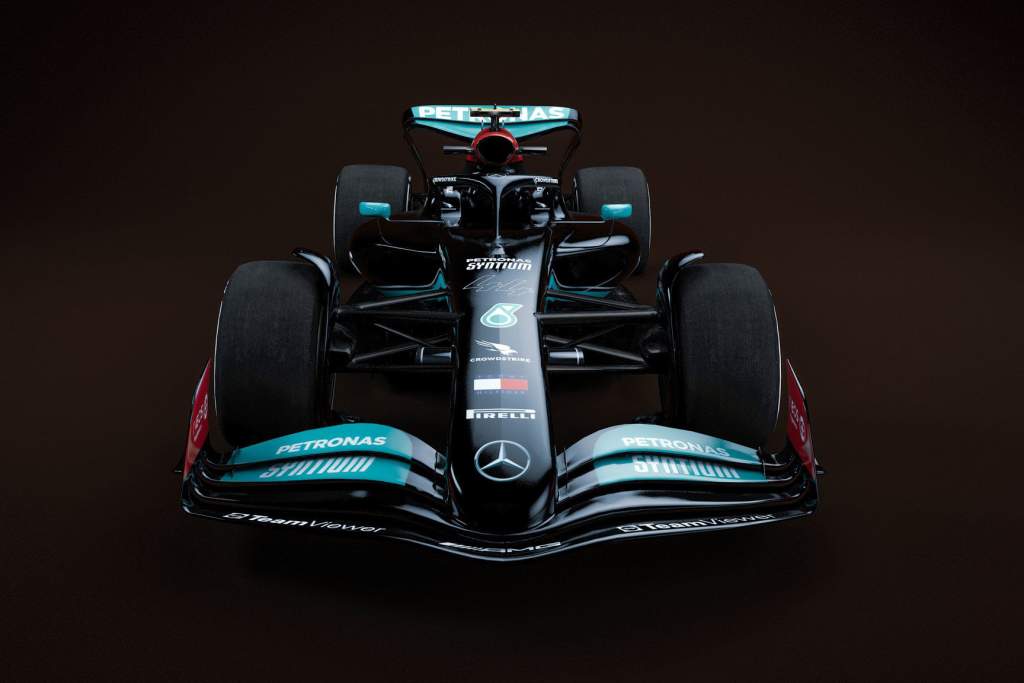Up Next

Illustrations by Rosario Giuliana
Mercedes technical director Mike Elliott says that the most visual differences between the new-for-2022 cars produced by the 10 Formula 1 teams is likely to be at the front of the floor.
Speaking in the latest of the Mercedes team’s ‘Road to 2022’ videos, Elliott explained that he expects only subtle differences between cars given how prescriptive the regulations are.
But with ground effect tunnels in the floor of the cars returning as part of the regulations, as The Race’s technical expert Gary Anderson explains here, Elliott believes that the leading edge of the floor will be an important performance area.
“With such a significant aerodynamic change, pretty much all the components underneath the skin of the car need to change,” said Elliott.
“So all the way from front to back, everything is different. All those new components’ design has been a huge challenge.
“The new car looks completely different to last year’s and that’s just a consequence of the regulations, they’re very much different shape.
“The sort of complexity that we used to have around the bargeboard area is gone and the differences between the cars are going to be more in the surface shapes.

“As a result, all of this year’s cars will look fairly similar, they will have similar shapes and the differences will all be subtle changes in the aerodynamic shapes and the surfaces that we’ve got, particularly under the car.
“Probably the most visual bit of that will be the way the floor works. The sort of strakes at the leading edge and the shape and camber in the floor’s going to make a big difference. That will completely affect the way the car works.”
The changes are such that Elliott’s Mercedes colleague, James Allison, has already warned that some teams are likely to have gone in the wrong direction with the new car’s design despite the most prescriptive regulations in F1 history.
Elliott describes the cars as “hugely different” both in terms of the aerodynamic shape and also the way the rules are written to prescribe a “base surface that we’ve got to work to”.
He expects the performance level of the car to be similar to last year, echoing F1’s Pat Symonds who last year suggested the difference in pace will be negligible.
“It’s just something completely different to what we had last year,” said Elliott.
“For me as an aerodynamicist, or with an aerodynamics background, I quite liked the old cars, and I’ve not quite got used to these new ones, but they’re just different.
“The overall performance of the new cars is probably not going to be very different from the old. Obviously, the intention of these regulations was to try and improve overtaking, and it’ll be a little bit of time before we can see whether that’s actually happened.
“The cars are a bit heavier, the power unit on E10 fuel is going to perform slightly differently. And the way the aerodynamics are going to work, and the set-up of the car that goes with it will be different as well.

“Until we get the best out of that, until we’ve developed that and through testing and through the first few races, we’re not really going to know.
“But overall, I suspect the performance will be relatively similar to last year.”
Mercedes will launch its new car on February 18 prior to a shakedown using one of the team’s two permitted promotional days of running at Silverstone.






